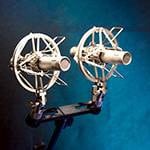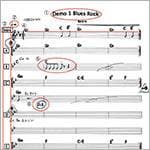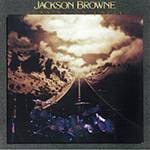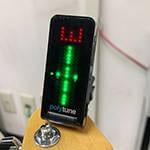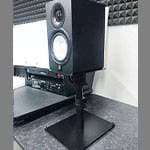A Cool Harmonica that Matches Perfectly with Bossa Nova!
This is Part III on Toots Thielemans’ harmonica.
When it comes to the sound of the harmonica, I must admit I had always associated it with something a bit muddy and unrefined, especially the blues harp. That’s the impression I shared previously.
Of course, if you look at it differently, that earthy quality is precisely what gives the blues harp its charm...
That said, the harmonica Toots uses is an entirely different instrument from a blues harp. I fully understand that some may argue it’s unfair to compare the two. However, my intention is to take a broader view of the harmonica as a whole and to frame the blues harp specifically as the type used in bluesy rock music. I hope this context helps clarify my perspective.
Toots’ harmonica playing stands in stark contrast to that earthy, gritty image. It is refined, delicate, yet powerful in tone.
What he plays is a chromatic harmonica that’s equipped with a slide lever next to the mouthpiece. This lever allows him to play semitones, making it possible to navigate the complex harmonic progressions and key changes often found in bossa nova and jazz.
His harmonica sounds as smooth and expressive as a vocal or saxophone. Naturally, this makes it a perfect match for bossa nova. The instrument beautifully conveys the unique sentiment in Brazilian music known as “saudade”, which is a certain nostalgic melancholy or sweet sorrow that makes it an ideal vehicle for that emotional depth.
■ Recommended Album: Toots Thielemans & Elis Regina – Aquarela do Brasil (1969)
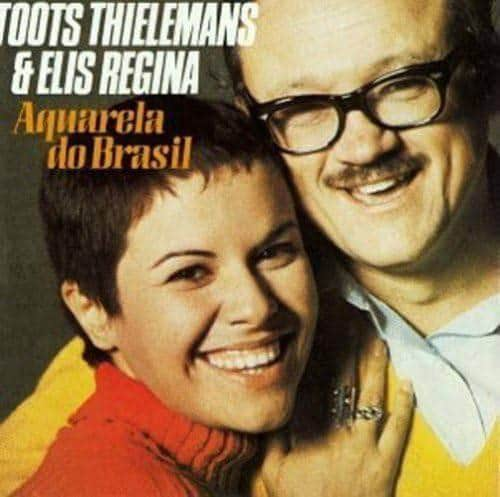
This collaboration between Toots Thielemans and the queen of bossa nova, Elis Regina, isn’t a full-duet album, but it’s more than enough to remind us how well the harmonica pairs with Brazilian music.
The album was recorded in Sweden while Elis was on a European tour, featuring musicians such as Roberto Menescal (guitar), Antonio Adolfo (piano), Jurandir Meirelles (bass), Wilson das Neves (drums), and Hermes Contesini (percussion).
Highlights include classics like Antonio Carlos Jobim’s “Wave”, as well as Toots’ original composition, “Five for Elis”.
While Jobim’s own vocal approach to bossa nova is known for its uniquely understated flavor, Elis Regina’s singing stands out with commanding presence, even among a scene filled with so-called “charmingly unpolished” bossa nova vocalists.
Recommended Track: “Wave”
Unlike the familiar intro scat melody sung by many other musicians, Elis and Toots perform a unique melodic line in unison, with harmonica and voice blending beautifully.
One slight drawback, which is possibly due to recording limitations, is that the harmonica level feels a bit low in the mix.
In the middle section, Toots delivers two solo passages. His improvisation is free-spirited and fluid, showcasing a master at the height of his powers.
The rhythmic change in the outro arrangement adds a fresh twist that subtly challenges the traditional bossa nova framework.
Recommended Track: “Aquarela do Brasil”
Originally composed in 1939 by Ary Barroso, this song predates the bossa nova era and was created with samba as its foundation. Over the years, it has been covered by countless artists, including João Gilberto and Frank Sinatra.
In this version, Elis Regina’s effortlessly stretched and rhythmically nuanced vocal delivery leaves quite a lasting impression—just as you find yourself mesmerized, the song ends abruptly (laughs).
And yet, despite this being the title track of an album credited to both Elis and Toots, there’s no harmonica from Toots at all! How did that happen?
Recommended Track: “Você”
One of the most memorable tracks on the album is “Você”, composed by Roberto Menescal. Elis Regina’s performance is full of laughter, breathy phrases, and a playful ease, creating an atmosphere of relaxed fun that clearly comes through to the listener.
This kind of casual, intimate feel is one of bossa nova’s most charming qualities. The track also brings to mind the delightful 1974 duet between Antônio Carlos Jobim and Elis Regina, “Aguas de Março” (“Waters of March”), with its similar sense of warmth and familiarity.
In this track, Toots showcases not only his harmonica playing but also his rare talents on both guitar and whistle—yes, he’s a renowned whistler, too. His cool, airy whistling, in unison with Elis’s vocal melody, adds a refreshing clarity and dry texture to the music. It’s a different kind of bossa nova breeze.
■ Recommended Album: Toots Thielemans – The Brazil Project (1993)
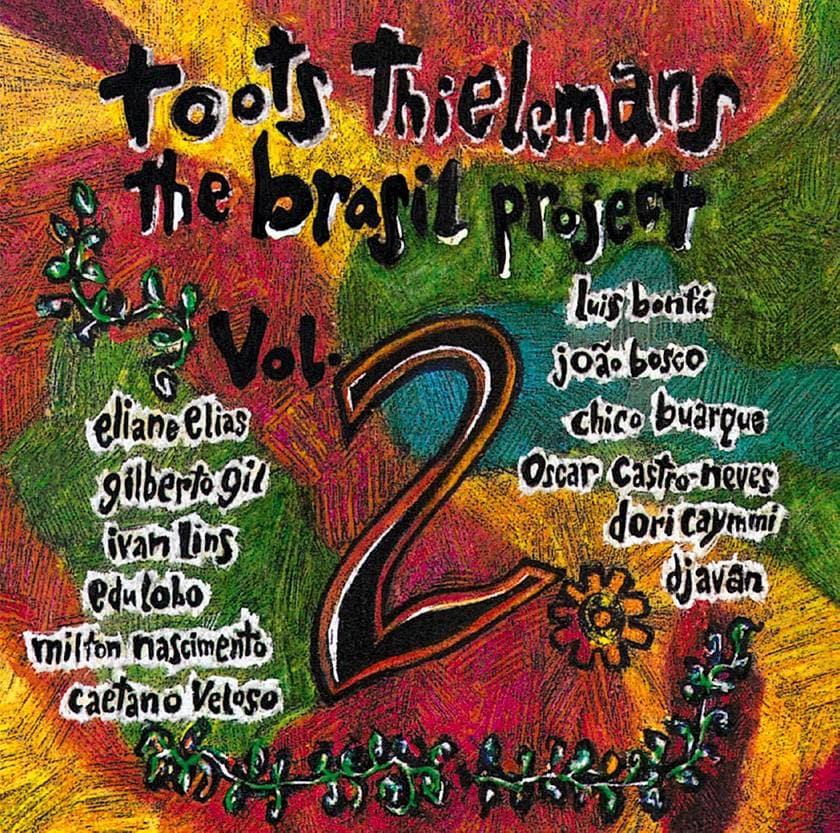
Toots Thielemans' love for Brazilian music is widely known. He produced two albums centered around bossa nova and samba, and The Brazil Project is the second installment in that series.
With Oscar Castro-Neves as producer, Toots offers delicate, expressive covers of classic Brazilian songs such as “Travessia”, “One Note Samba”, and “Samba de Orfeu”.
The acoustic piano on the album is played by none other than Eliane Elias, whose bossa nova playing is second to none. The collaboration between Toots and Eliane is outstanding, delivering a truly refined and masterful Brazilian sound experience to the listener.
Recommended Track: “Portrait in Black and White”
The original song is a masterpiece by bossa nova legend Antonio Carlos Jobim. A muted string ensemble sets the tone over which a flugelhorn melody floats gracefully. Then enters Eliane Elias’ acoustic piano, playing in a singing style that is uniquely hers, with rich, supple, and deep expressiveness. Such interpretation is only possible from a musician thoroughly immersed in Brazilian music.
Following Eliane’s performance, the star of the show, Toots Thielemans, takes over the chorus with his harmonica. The duet between Toots and Eliane offers a deep and nuanced taste of Brazil’s musical essence.
This kind of simple arrangement brings to light just how naturally bossa nova and harmonica complement each other. It perfectly embodies the concept behind the Brazil Project.
Recommended Track: “Obsession”
A renowned composition by Dori Caymmi, “Obsession” has been covered by numerous artists, including jazz vocalists like Dianne Reeves.
What’s truly impressive is the beauty of the A section, and even more so, the breathtaking beauty of the chorus. Saudade is the essence of Brazilian music, with that deep sense of longing and melancholy that completely encapsulates this piece.
Toots Thielemans’ harmonica gently accompanies Dori Caymmi’s scat vocals, beautifully expressing the saudade-filled chorus with grace and emotional depth.
This Article’s Featured Musicians, Albums, and Recommended Tracks
- Artists: Toots Thielemans, Bill Evans, Jaco Pastorius, and others
- Albums: Brazilian Watercolors, Brazil Project 2
- Recommended Tracks: "Wave", "Brazilian Watercolors", "VOCE", "Portrait in Black and White", "Obsession"
The “sound & person” column is made up of contributions from you.
For details about contributing, click here.






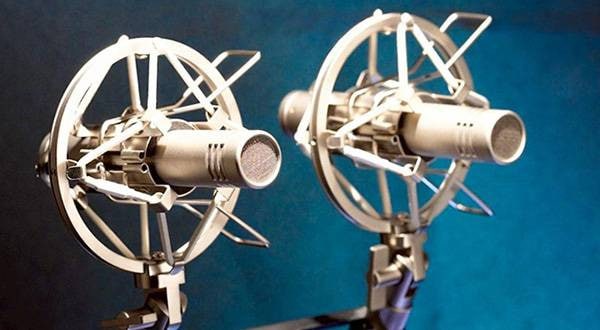
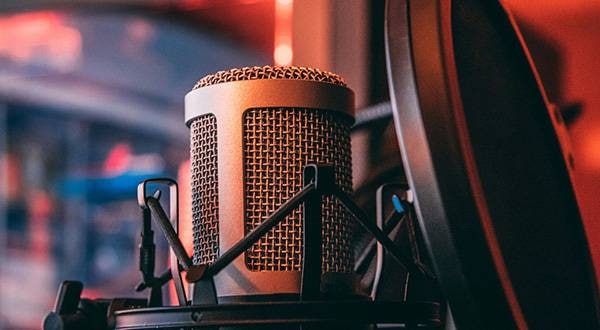
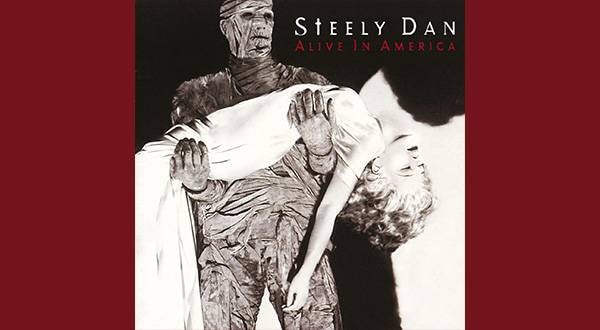
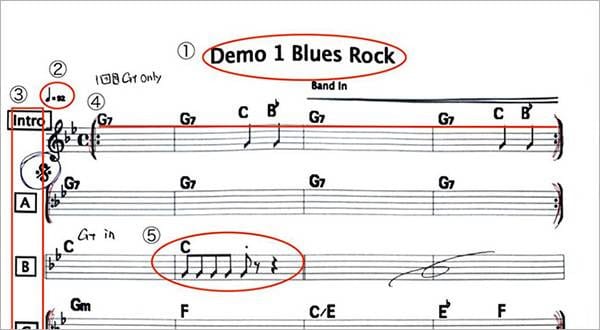
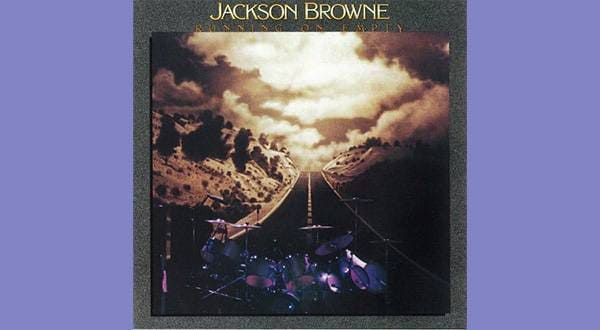


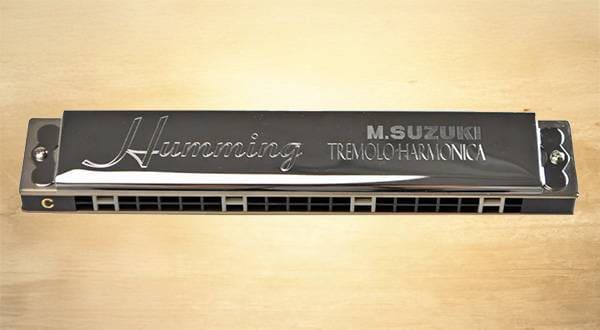
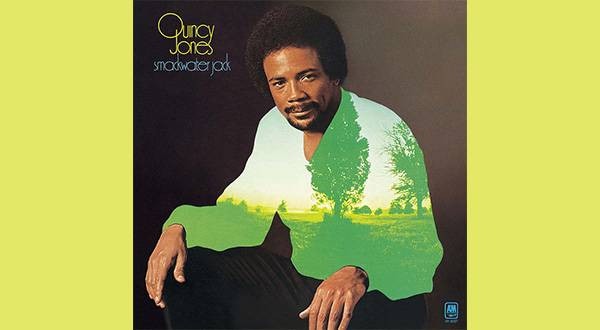
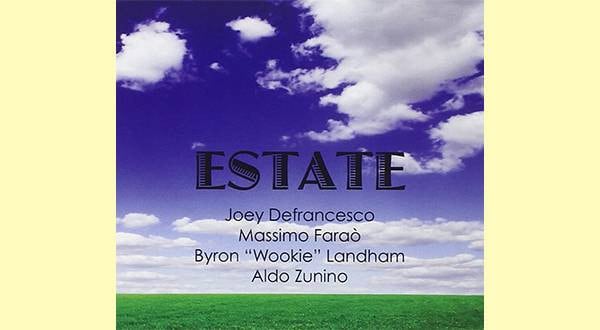
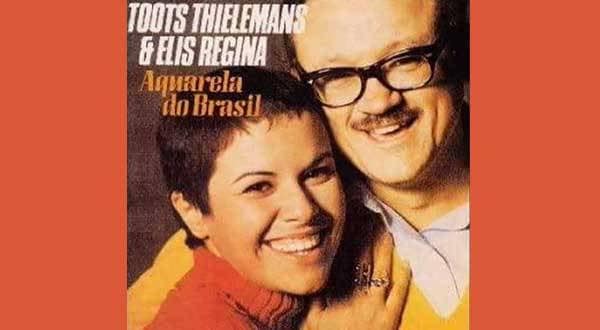
 おすすめAKGヘッドホンの選び方
おすすめAKGヘッドホンの選び方
 TOMBO ハーモニカ特集
TOMBO ハーモニカ特集
 ハーモニカスタートガイド
ハーモニカスタートガイド
 HOHNER ハーモニカ特集
HOHNER ハーモニカ特集
 SUZUKI ハーモニカ特集
SUZUKI ハーモニカ特集
 人気のワイヤレスイヤホン おすすめランキング
人気のワイヤレスイヤホン おすすめランキング
